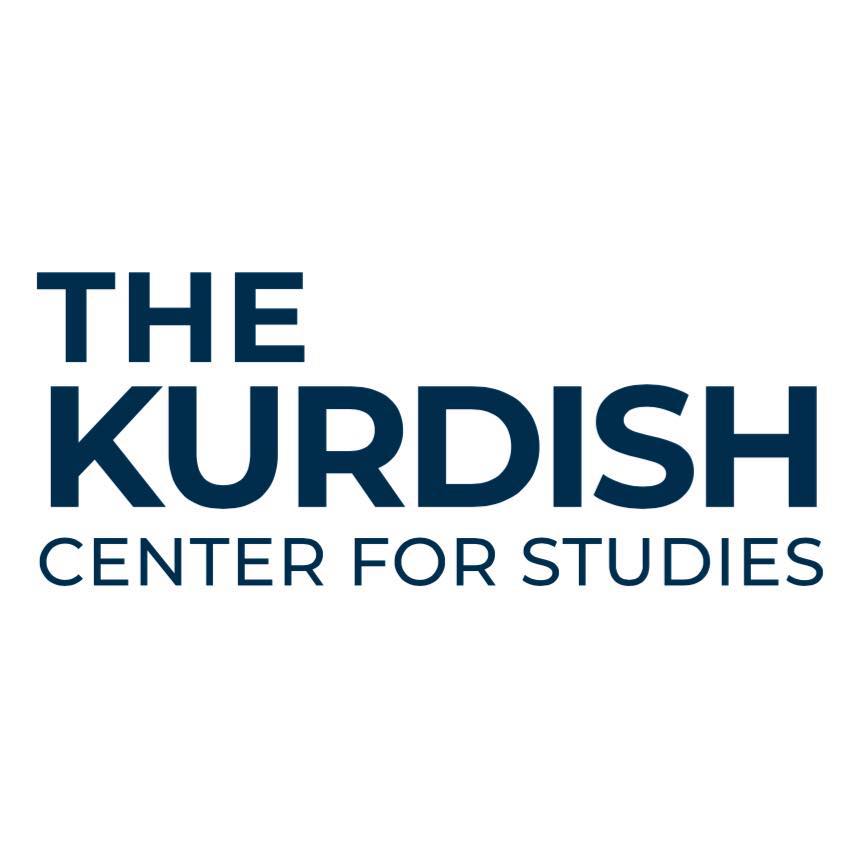Radical Transformation: Is Washington Seeking Stability or Change in the Middle East?
By The Kurdish Centre for Studies
The Middle East is teetering between simultaneous threats and opportunities that were not present when Donald Trump first took office eight years ago. From an American perspective, the most serious threats include Iran’s pursuit of nuclear weapons and its active engagement in an alliance with China and Russia. The best opportunities have arisen from Israel’s decimation of Hezbollah and Hamas, its successful attacks on Iran, and the collapse of Bashar al-Assad’s regime in Syria.
American academic Elliott Abrams, who has worked on Middle Eastern issues across multiple U.S. administrations, addressed these opportunities and risks in a lengthy article published in Foreign Affairs titled “A Paradigm Shift for the Middle East“.
Abrams argues that the Middle East has not witnessed such a favorable environment for U.S. interests in a long time.
A year and a half ago, one could have considered Iran’s foreign policy remarkably successful. Its nuclear program was making steady progress in enriching uranium, and by 2024, Iran would have enough material to produce several bombs. Washington was not strictly enforcing sanctions on Iran, and China was purchasing about 90% of Iranian oil, which significantly improved the financial situation for the regime. Meanwhile, Iran’s political and military relations with China and Russia were becoming increasingly robust, as Iran secured their protection against any actions in the UN Security Council and gained financial support through arms shipments to Moscow.
The “ring of fire” that Iran constructed through its proxies and allies—Hezbollah in Lebanon, Hamas and Palestinian Islamic Jihad in Gaza, Shiite militias in Iraq and Syria, and the Houthis in Yemen—was seen as a problem that Israel could not effectively resolve.
However, since then, Israel has turned the tables and managed to neutralize the “seven fronts” from which attacks have been launched since October 7. According to Abrams, Trump can capitalize on this situation, but only if his administration is willing to abandon Washington’s traditional goal in the Middle East—namely, “stability”—and instead push for radical changes that enhance the security of the United States and its allies.
For the past two decades, what U.S. policymakers have termed “stability” has essentially meant maintaining a situation where Gaza was fully under Hamas’s control, Hezbollah dominated Lebanon, and Iran continued to advance its nuclear program. A more accurate characterization of that situation would be “erosion,” as American influence steadily declined, making Washington less capable of protecting its allies. However, the United States currently has an opportunity to halt this decline and replace it with what could be termed “empowerment”—supporting its interests and allies while effectively weakening its adversaries. The outcome would be a region where threats are diminished, and American alliances are strengthened.
Tehran’s Trap
Abrams notes that the main obstacle to the emergence of a more stable Middle East is Iran’s pursuit of nuclear weapons. Trump has made it clear that the United States will not allow Iran to succeed in this endeavor. Iran’s Supreme Leader, Ali Khamenei, is now 85 years old. As he contemplates the next four years, he will face the temptation and pressure to expedite the acquisition of a nuclear bomb, believing this to be the only way to ensure his regime’s survival after his departure. However, Trump has stated that such a move would pose the greatest threat to the Iranian regime itself, leading to increased international isolation and, if necessary, a U.S. military strike. To make this threat more credible than it has been in recent years, Washington should begin openly planning, preparing for, and coordinating military exercises for such an attack in conjunction with Israel.
Nonetheless, there are limits to what Trump can expect from Saudi Arabia and other Arab states. For instance, it remains unclear whether Saudi Arabia can fully integrate into the Abraham Accords, which Trump brokered during his first term and which led to the normalization of relations between Israel and several Arab states.
When discussing the Palestinian issue, bridging the gap between Saudi demands and what Israeli politicians can offer will be extremely challenging. However, the real gain that Saudi Arabia seeks from normalizing relations with Israel is not primarily related to the Palestinian issue. What Riyadh wants above all else are defense agreements with the United States that will genuinely enhance the kingdom’s security.
Since any Saudi-Israeli agreement would have implications not only for the Middle East but also for Israel’s relations with the Muslim world as a whole, the Trump administration should explore how far it can advance this path. Washington should collaborate with bipartisan members of Congress to identify which forms of U.S.-Saudi defense agreements might secure legislative approval.
As for Syria, Abrams states that it is still too early to ascertain what form of government will emerge following the collapse of the Assad regime. However, it is clear that the U.S. objective should be to support the establishment of a legitimate, popularly accepted government that brings an end to Syrian interference in Lebanon and seeks peace with all its neighbors, including Israel. U.S. support for any new Syrian government must be conditional on its actions rather than on President Ahmad al-Sharaa’s rhetoric or fashionable appearance.
Will Syria end or reduce the size and nature of Russia’s presence at Moscow’s two main military bases in the country? How will al-Sharaa’s government engage with various Syrian constituents, particularly the Kurds and the Syrian Democratic Forces, which the U.S. has long supported? Trump’s approach should be informed by the answers to these critical questions.
Abrams adds that it would be unwise for Trump to withdraw the approximately 2,000 U.S. troops from Syria. Their presence is essential for combating ISIS and for keeping tens of thousands of former ISIS fighters detained. U.S. policy should focus on continuing to support the partnership with the Syrian Democratic Forces (SDF) until their status—either as an independent force or as a self-defense unit within the Syrian army—is secured, along with assurances regarding their future and security.
Abrams concludes by stating that the United States should not retreat from its military presence in the region; rather, Trump should leverage all the strategic advantages that Israel’s actions have provided. In four years, he can leave behind a Middle East where Washington’s allies are stronger than ever and its adversaries are weaker than ever.




Comments are closed.